Introduction
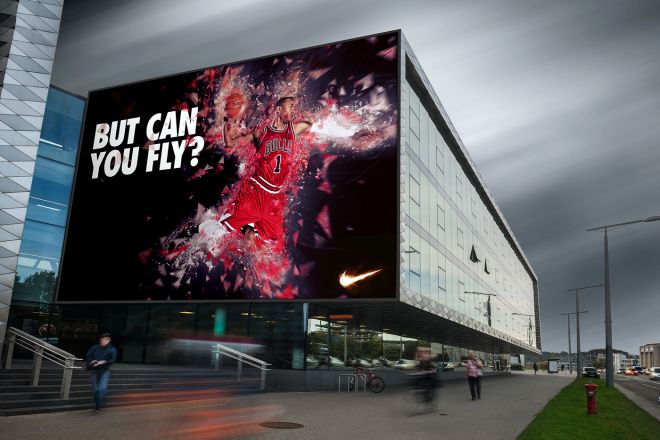
Malaysia, as a tropical country, has unique climate and environmental conditions that place higher requirements on the stability and reliability of LED displays.
Against this background, in order to ensure the normal operation of LED displays in Malaysia and extend their service life, a series of protective functions must be installed during installation. These features not only effectively resist erosion from the external environment but also improve the safety and stability of the display.
So, what protective functions are necessary for LED displays installed in Malaysia? Let’s take a look together.
1. Waterproof and moisture-proof function
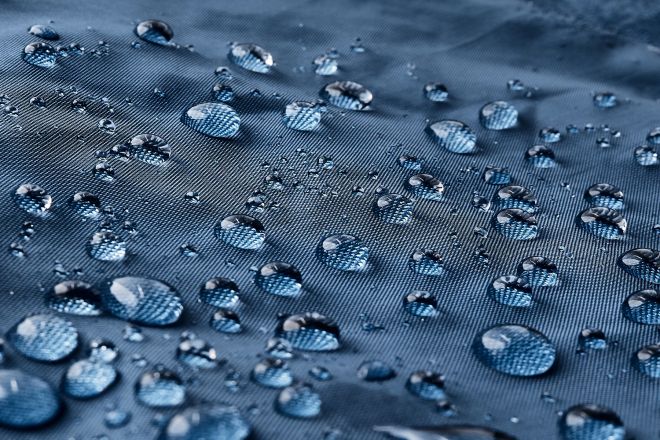
Malaysia is located in a tropical rainforest climate zone with abundant annual rainfall. The rainy season lasts for a long time, and the rainfall is heavy. This rainy climate characteristic poses severe challenges to LED displays installed outdoors.
Frequent rainfall and humid air may not only cause a short circuit in the internal circuit of the display but may also cause rust or corrosion on the display casing, thus affecting its normal operation and display effect.
Waterproof and moisture-proof design is crucial to ensure the stable operation of LED displays in Malaysia’s rainy environment. First of all, the display case must have good sealing properties to effectively prevent water and moisture from intruding into the internal circuit.
This is often achieved through the use of waterproof materials and sophisticated manufacturing processes. Secondly, the waterproof interface is also a key part. All power, signal, and data interfaces must adopt a waterproof design to prevent rainwater from entering the interior of the display through these interfaces.
In addition, drainage holes can also be provided on the back and sides of the display screen so that it can be quickly drained when rainwater penetrates to avoid damage to the display screen caused by accumulated water.
At the same time, waterproof factors must also be considered when selecting the installation location, and try to avoid installation in low-lying or water-prone places.
The waterproof grade standard is an important indicator used to measure the waterproof performance of electronic products. In the field of LED displays, common waterproof grade standards include IPX1 to IPX8, where the larger the number, the better the waterproof performance.
These standards not only consider the waterproof capabilities of the display casing but also cover the waterproof performance of interfaces, buttons, and other details.
In rainy areas like Malaysia, it is recommended that LED displays have at least a waterproof rating of IPX4 and above. This means the display is resistant to water splashing from any direction, ensuring normal operation in normal rainfall conditions.
At the same time, for specific high-humidity environments or special application scenarios, you can also consider using a display with a higher waterproof level to provide more reliable protection.
2. Anti-dust and antifouling features
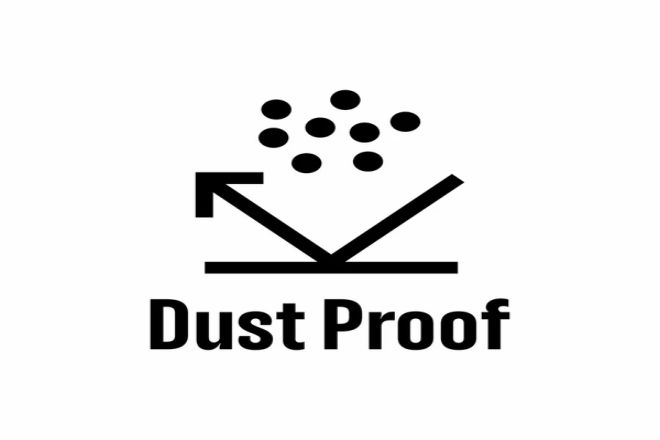
Due to its rich natural resources and diverse geographical environment, Malaysia has a wide range of sources of dust and pollutants. Road construction, agricultural activities, industrial emissions, and sand and dust brought by frequent monsoons are the main causes of high dust levels in the air.
In addition, vehicle exhaust and construction dust in cities will also increase air pollution. These dust and pollutants not only affect air quality but also pose a serious threat to LED displays installed outdoors.
Dust and pollutants adhere to the surface of the display screen, which not only affects its visual effect but may also gradually erode the surface material of the display screen, resulting in color distortion and reduced brightness.
What’s more serious is that these pollutants may enter the interior through the gaps or interfaces of the display screen, causing damage to circuits and components and shortening the service life of the display screen.
In order to deal with the threat of dust and pollutants, LED displays usually use technical means such as dust screens and antifouling coatings. The dust-proof net is installed in front of the display screen, which can effectively block the entry of large particles of dust and debris and keep the display screen clean.
The antifouling coating is applied to the surface of the display screen, which has excellent antifouling properties and can reduce the adhesion of pollutants on the surface. It is easy to clean and maintains the clarity and brightness of the display screen.
The application effects of these technologies are remarkable. The dust filter can greatly reduce the possibility of dust entering the display and reduce the risk of damage to internal components. The antifouling coating can effectively prevent pollutants from eroding the display surface and maintain its good visual effects and usability.
In addition to using anti-dust and antifouling technology, regular cleaning and maintenance are also key to maintaining the performance of LED displays. Regular cleaning removes dust and contaminants accumulated on the surface and maintains the clarity and brightness of the display.
At the same time, maintenance personnel can check the interfaces, circuits, and other parts of the display screen to discover and deal with potential problems in a timely manner and ensure the stable operation of the display screen.
In an environment like Malaysia, where there is a lot of dust and pollutants, the frequency of regular cleaning and maintenance should be increased accordingly. It is recommended that a cleaning and maintenance plan be developed based on actual conditions to ensure that the display is always in optimal condition.
3. UV protection function
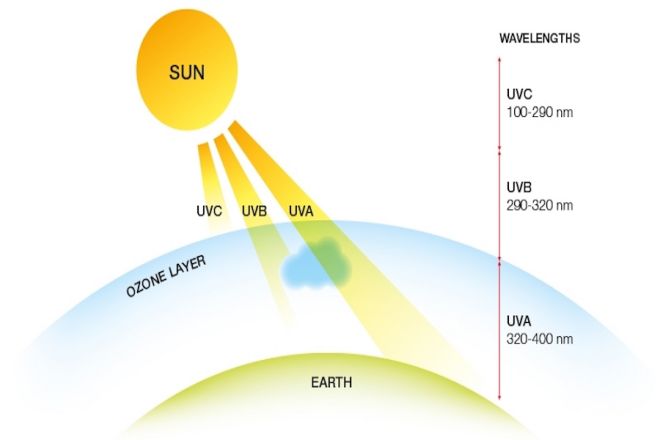
Malaysia is located near the equator, with abundant sunshine and strong ultraviolet radiation. The damage caused by this climate environment to LED displays cannot be ignored.
Strong ultraviolet rays can penetrate the surface of the display and cause damage to internal electronic components and circuits, leading to performance degradation or even failure. At the same time, long-term ultraviolet irradiation will also accelerate the aging of the display material, affect its color vividness and brightness, and reduce the visual effect.
In order to deal with the damage of ultraviolet rays to LED displays, a variety of protective measures can be taken. Among them, anti-UV coating is an effective technical means. A special anti-UV coating on the surface of the display screen can reflect or absorb most of the ultraviolet rays and reduce damage to the interior of the display screen.
In addition, the sunshade is also a common protective equipment. It can block part of the sunlight and reduce the direct exposure of ultraviolet rays to the display screen, thereby protecting the display screen from damage.
In addition to protective measures such as UV-resistant coatings and sunshades, it is also crucial to choose materials and processes with good UV resistance. When manufacturing LED displays, materials that can resist UV radiation, such as UV-resistant glass, UV-resistant plastics, etc., should be used.
At the same time, in terms of production technology, attention should also be paid to optimizing the production process to ensure that every link fully considers the need for UV protection.
4. Lightning protection and surge protection functions
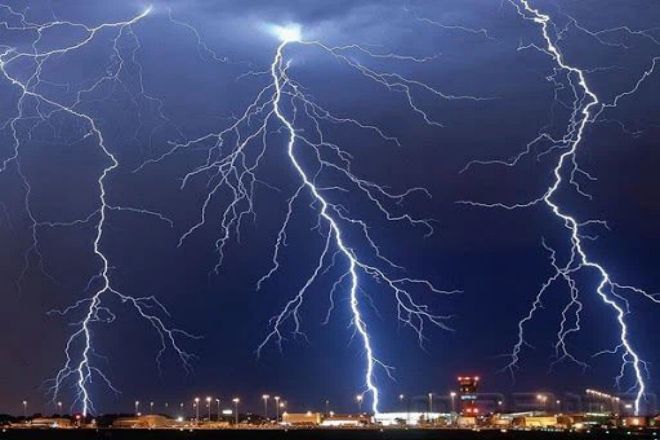
Malaysia is located in a tropical area with frequent thunder and lightning activities, especially during the rainy season, when thunder and lightning are more common. Lightning may not only directly hit the display screen and cause physical damage but may also invade the interior of the display screen through power lines, signal lines, etc., posing potential threats to its circuits and components.
These threats may cause the display to short-circuit, damage, or even catch fire, seriously affecting its normal operation and service life.
To deal with the threat of lightning and surges, LED displays are usually equipped with lightning protection devices and surge protectors. The lightning protection device can effectively introduce lightning into the ground to avoid direct damage to the display screen.
The surge protector can quickly cut off the power supply or signal line when lightning or surge occurs to prevent lightning or surge from intruding into the display screen.
Specifically, the lightning protection device is usually installed at the power input end of the display screen. It uses components such as high-voltage discharge gaps and zinc oxide varistors inside, which can quickly introduce lightning into the ground when lightning occurs.
Surge protectors are usually installed on power lines and signal lines. They limit the amplitude of voltage and current through internal metal oxide varistor and other components, thereby protecting the display screen from damage by surges.
In addition, the smart surge protector is also an advanced protection device.
It can not only monitor the working status of the surge protector and various indicators of the power system in real time but also send out alarms and record events in a timely manner when abnormal conditions occur. Provide users with convenient maintenance and management tools.
In order to ensure the safe operation of LED displays, it is crucial to establish safe power usage practices and maintain electrical systems. First of all, the power cord and signal cord of the display screen should be checked regularly to ensure that they are not damaged or aged.
Secondly, equipment such as lightning protection devices and surge protectors should be inspected and tested regularly to ensure that they are in good working order. In addition, a complete maintenance system should be established to clean and maintain the display screen regularly to extend its service life and improve the display effect.
5. High-temperature protection and heat dissipation function
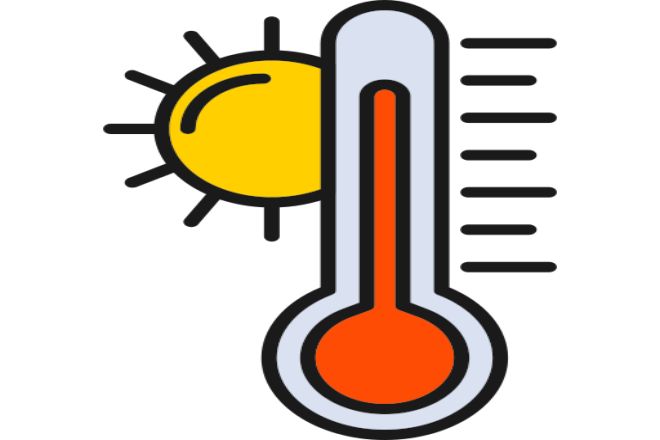
Malaysia has a tropical climate with high temperatures all year round. This high-temperature environment poses severe challenges to the heat dissipation of LED displays. At high temperatures, the electronic components and circuits inside the display will generate more heat.
If the heat cannot be dissipated in a timely and effective manner, the temperature of the display will rise, which will affect its performance and stability and may even cause malfunction or damage.
For high-temperature environments, LED displays use a variety of heat dissipation technologies. First of all, the heat dissipation design is the basis for ensuring the display’s heat dissipation effect. This includes optimizing the internal structure of the display, increasing the heat dissipation area, and improving heat dissipation efficiency.
At the same time, materials with good thermal conductivity are used to reduce heat loss during transfer.
Fans are one of the common cooling devices. Through the rotation of the fan, airflow can be formed to take away the heat inside the display screen, thereby reducing the temperature. When selecting a fan, you need to consider factors such as its air volume, noise, and durability to ensure that it meets the cooling needs without causing excessive noise interference to users.
Heat sinks are also commonly used heat dissipation devices in LED displays. The heat sink is made of high thermal conductivity materials, such as aluminum alloy or copper. By contacting the electronic components inside the display screen, the heat is quickly conducted to the heat sink and then diffused into the air through the surface of the heat sink.
In order to improve the heat dissipation effect, the design and material selection of the heat sink are crucial.
In addition, some advanced heat dissipation technologies, such as heat pipe heat transfer and micro-groove group composite phase change integrated cooling technology, have also been applied in LED displays. These technologies further improve the heat dissipation efficiency of the display by utilizing the principles of heat conduction and phase change.
In addition to the use of heat dissipation equipment and technology, reasonable layout and ventilation are also key to reducing the temperature of the display. In terms of layout, it should be ensured that the electronic components and circuits inside the display are evenly distributed to avoid local overheating.
At the same time, considering the high-temperature environment in Malaysia, the ventilation design of the display screen should be optimized to ensure that air can flow smoothly through the surface and interior of the display screen and take away heat.
In addition, regular cleaning and maintenance of the display are also important measures to ensure its cooling effect. The accumulation of dust and dirt will affect the heat dissipation effect of the heat sink and may even cause the fan to become clogged or cause poor heat dissipation.
Therefore, regular cleaning of the surface and interior of the display screen and maintaining good heat dissipation are of great significance to extending the service life of the display screen and improving performance.
6. Anti-theft and anti-vandal features
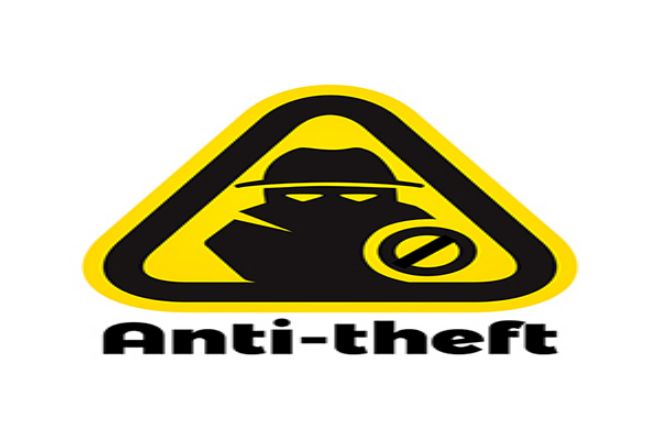
The social security situation in Malaysia is generally safe and controllable. However, in recent years, the occurrence of some sporadic cases of thieves and robberies cannot be ignored. Especially in some densely populated cities and tourist attractions, security problems are more prominent.
In addition, Malaysia also faces potential risks of terrorist activities, including extremist organizations that may carry out kidnappings, extortions, nuisance attacks, and other acts in the region. These social security issues and potential risks may pose a threat to LED displays installed outdoors, which may result in the display being stolen, destroyed, or otherwise damaged.
To combat these threats, it is crucial to adopt a series of security measures to prevent theft and vandalism. First of all, installing anti-theft locks is a common physical protection measure. By installing a strong anti-theft lock on the display, you can effectively prevent unauthorized disassembly and movement and reduce the risk of the display being stolen.
Secondly, installing surveillance cameras is also an effective means of monitoring and prevention. By arranging high-definition cameras, the situation around the display screen can be monitored in real-time, abnormal events can be discovered and dealt with in a timely manner, and sabotage can be prevented from occurring.
In addition to the above measures, you can also consider using a smart alarm system. This kind of system can immediately trigger the alarm device when the display screen is damaged or stolen and send an alarm message to the management staff so that quick response measures can be taken.
In addition, strengthening the protective structure of the display screen, such as adding guardrails or protective covers, can also improve the display’s resistance to damage.
In addition to taking physical and technical preventive measures, strengthening safety management and inspections are also important means to protect the display screen.
A complete safety management system should be formulated to clarify the maintenance and management responsibilities of the display screen and ensure that various safety measures are effectively implemented. At the same time, we will strengthen inspections and regularly inspect the display screen and its surrounding environment to promptly discover and deal with potential safety hazards.
In addition, it is also very important to increase public safety awareness and participation. Through publicity, education, and training, the public can understand the importance of display screens and the risks they may face, encourage them to participate actively in safety protection work, and jointly maintain the safety and stability of display screens.
Conclusion
In summary, due to the special climate and environmental conditions, the LED display screen installed in Malaysia must have a series of protective functions to ensure its stable operation and extend its service life. Each function is targeted and designed to address Malaysia’s specific environmental challenges.
Finally, if you want to know more about LED displays, please get in touch with us.
